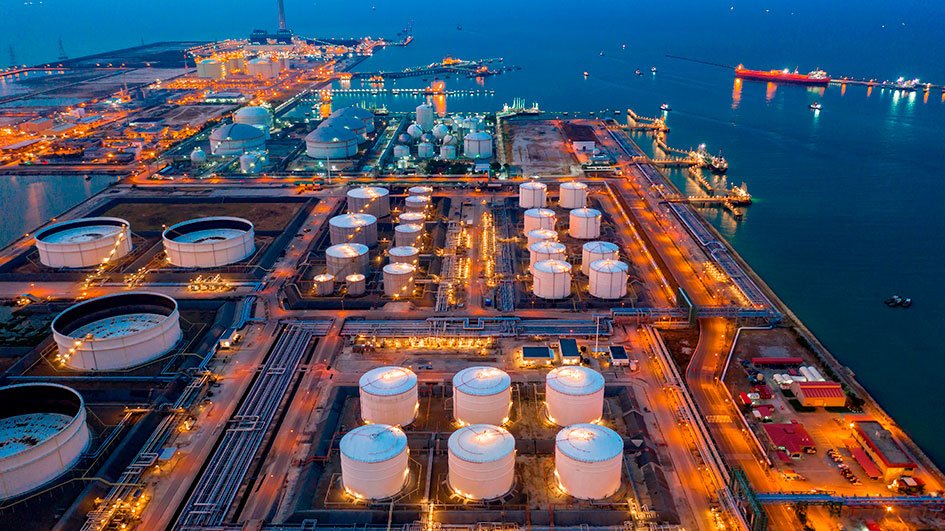In a context where refining margins are squeezed by overcapacity, cost-competitive access to crude oil can significantly boost a refinery’s margin.
Crudes present high variability in terms of quality, yield structure, and product qualities. Correlatively, the price differential between good crudes and low-quality crudes can exceed 10 $/bbl: this reflects the difficulty of processing low-quality crudes.
Through this simple realization, it is evident that adequate crude blending may yield significant profits. What is meant by adequate crude blending is the ability to compensate for the bad characteristics of one crude by the good characteristic of another. The idea is to benefit from the low prices of certain difficult crudes – but to dilute their otherwise negative effects by mixing them with just the right proportions of higher-quality crudes.
However, things are a little more complex in real-life operations, and optimal crude blending is a very challenging problem. This is due both to a large number of constraints and to a large number of possible combinations (degrees of freedom) in blending and sequencing.
Types of Blending Processes:
The benefit of in-line blending over in-tank blending:
A large number of degrees of freedom
The first source of complexity for the crude blending problem comes from the possibility of mixing crudes at each layer of the system:
Moreover, the fact that the timing of each event can be chosen independently creates a multitude of asynchronous dynamics in the system. Therefore, the crude blending problem is about orchestrating the various crude movements Crude blending optimization…at the successive layers so that the right crude blends are successively brought to the crude unit at the right moments.

Optimization of the blending process to its highest extent requires continuous updating of the simulation model by adapting to real-time analytical data. Correlative online analyzers, such as NIR and ASTM-based, provide a broad range of different real-time analytical data of feedstock and final blends in a continuous mode. That´s the reason, your optimization blending process inside DHB4.0 is the right solution. Fundamentals and optimized functions of effective blending simulation software include:
Quantifiable benefits… several millions of dollars per year
Improved options, through the implicit enumeration and evaluation of thousands of scenarios
Increased capacity utilization and throughput
Intelligent use of opportunity crudes is made possible through adequate crude blending
Improved yields and reduction of quality giveaways
Optimized crude storage & Reduced demurrage costs
Improved control and visibility for downstream operations


North America: +1 (645) 221.6090
Europe: +351 (920) 799.717
LATAM: +55 (19) 9 8251.9536